Field Bindweed
- Morning-glory family (Convolvulaceae family):
- Convolvulus arvensis L.
- EPPO code:
- CONAR
- Other names:
- European bindweed, small-flowered morning glory, wild morning glory
Species information
- Lifecycle:
- Perennial.
- Propagation:
- Field bindweed reproduces by seed and an extensive network of persistent roots and rhizomes.
- Emergence:
- The plant requires warmer soil temperatures in order to germinate. As a result, it typically emerges in late spring to early summer. When seeds are located close to the soil’s surface, germination is poor.
- Habitat:
- Field bindweed is most commonly found in southwestern Ontario in row crops, waste places and open fields. It establishes in all types of soil.
- Competitiveness:
- The creeping and twining nature of field bindweed can result in significant yield losses in various crops. It can also reduce harvesting efficiency.
Identification clues
Seedling
- Cotyledons:
- Square with prominent whitish veins.
- First leaves:
- Oval leaves with two basal lobes.
- Mature leaves:
- Alternate, triangular or arrow shaped with two basal lobes on short and long stalks.
Mature plant
- Stems:
- Field bindweed’s stem is smooth to the touch, but finely haired. The stem often twines and curls, wrapping itself around nearby structures.
- Flowers:
- Field bindweed has round, morning glory-like flowers that range in colour from white to pink to pinkish-white.
- Seeds:
- The plant’s seeds are small (about 3 mm in length), pear shaped and grayish-black with tiny bumps.
- Roots:
- Whitish and extensively spreading underground root system.
Often mistaken for
I know it's not Wild buckwheat because wild buckwheat has an ocrea that surrounds the leaf stem at each node and lacks the round showy morning glory-like flowers of field bindweed.
I know it's not Hedge bindweed because field bindweed’s flowers are much smaller (½ to ¹⁄³) than those of hedge bindweed. The leaves have a rounded tip (apex) and two short, pointed lobes compared to the pointed tip and large basal lobes of hedge bindweed. They are also much smaller in comparison with the larger leaves of hedge bindweed
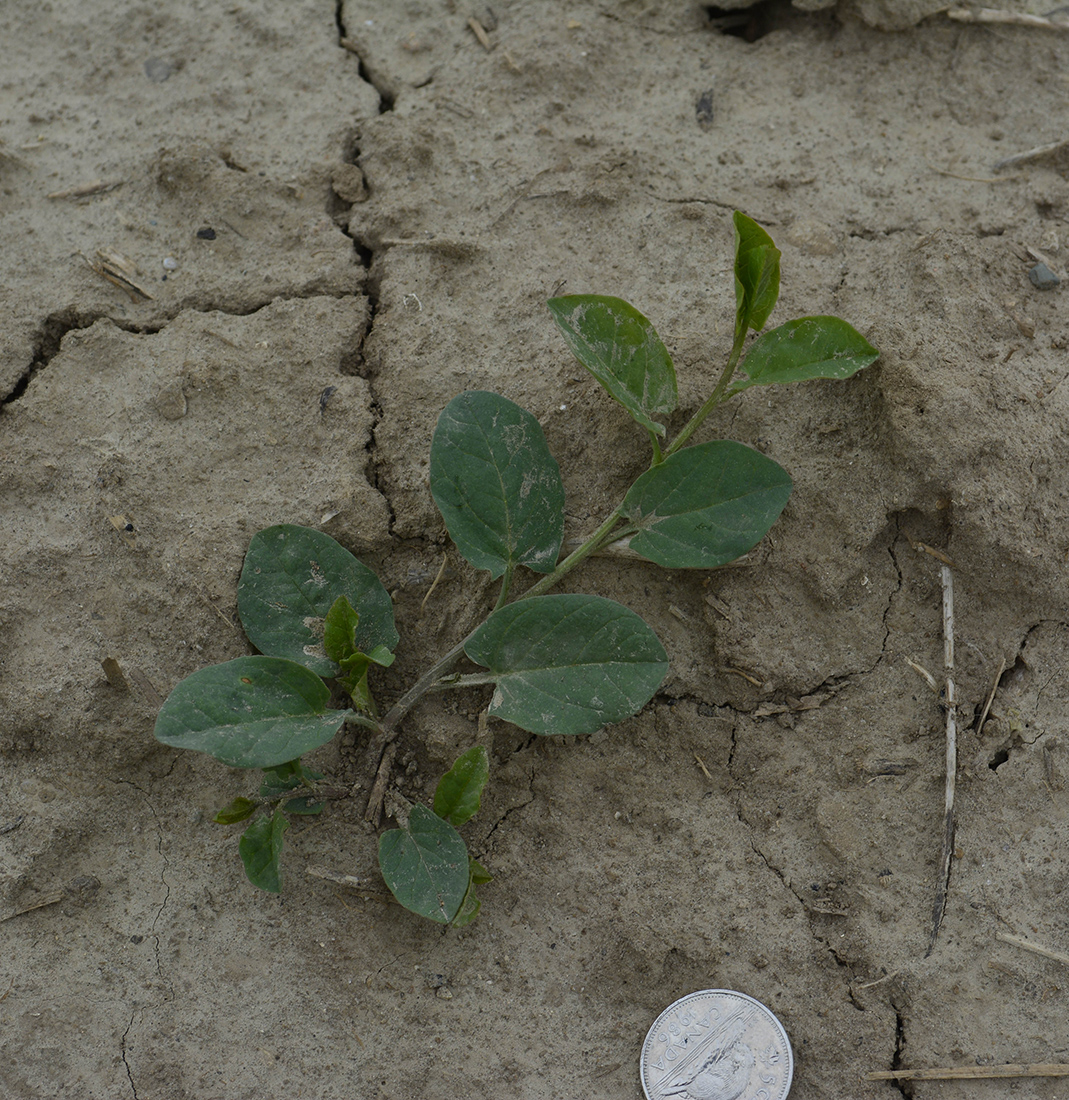
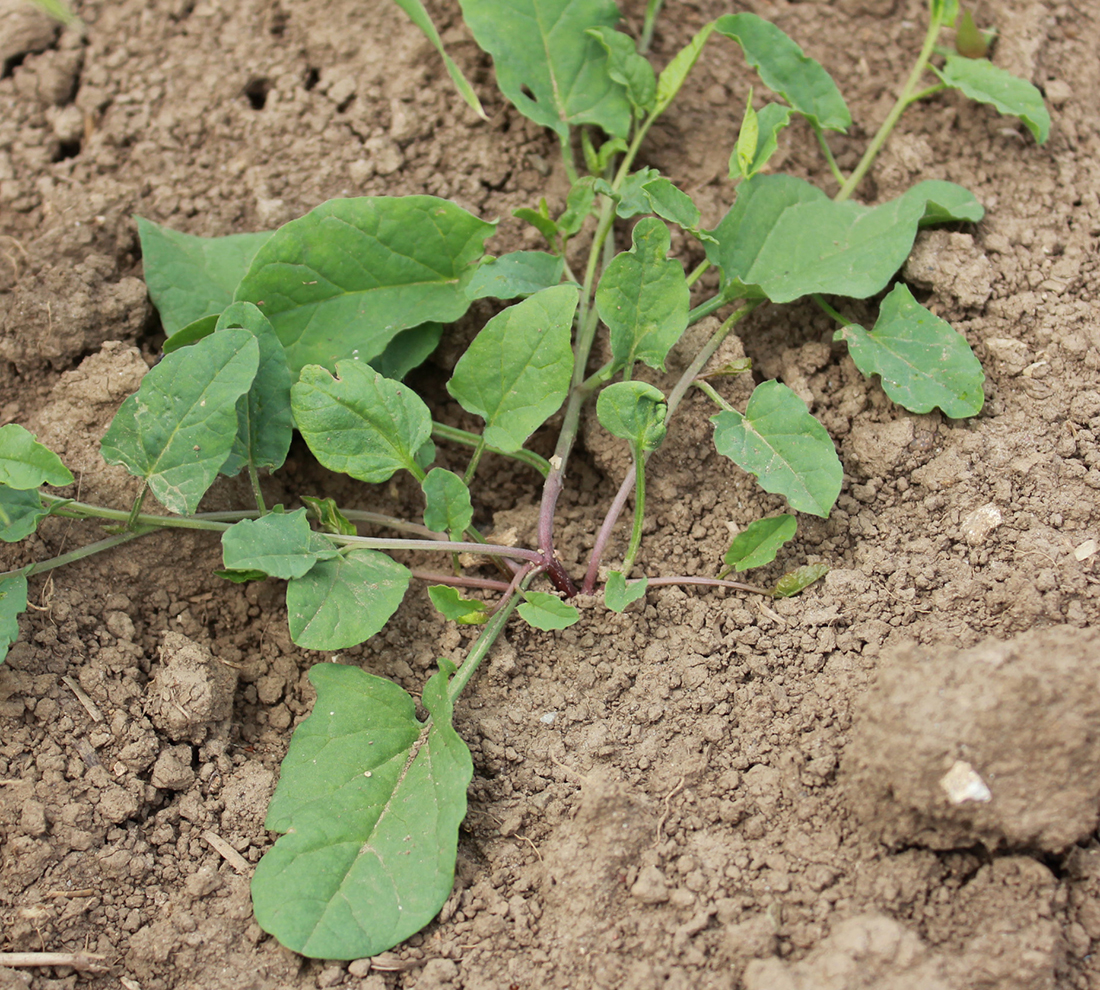
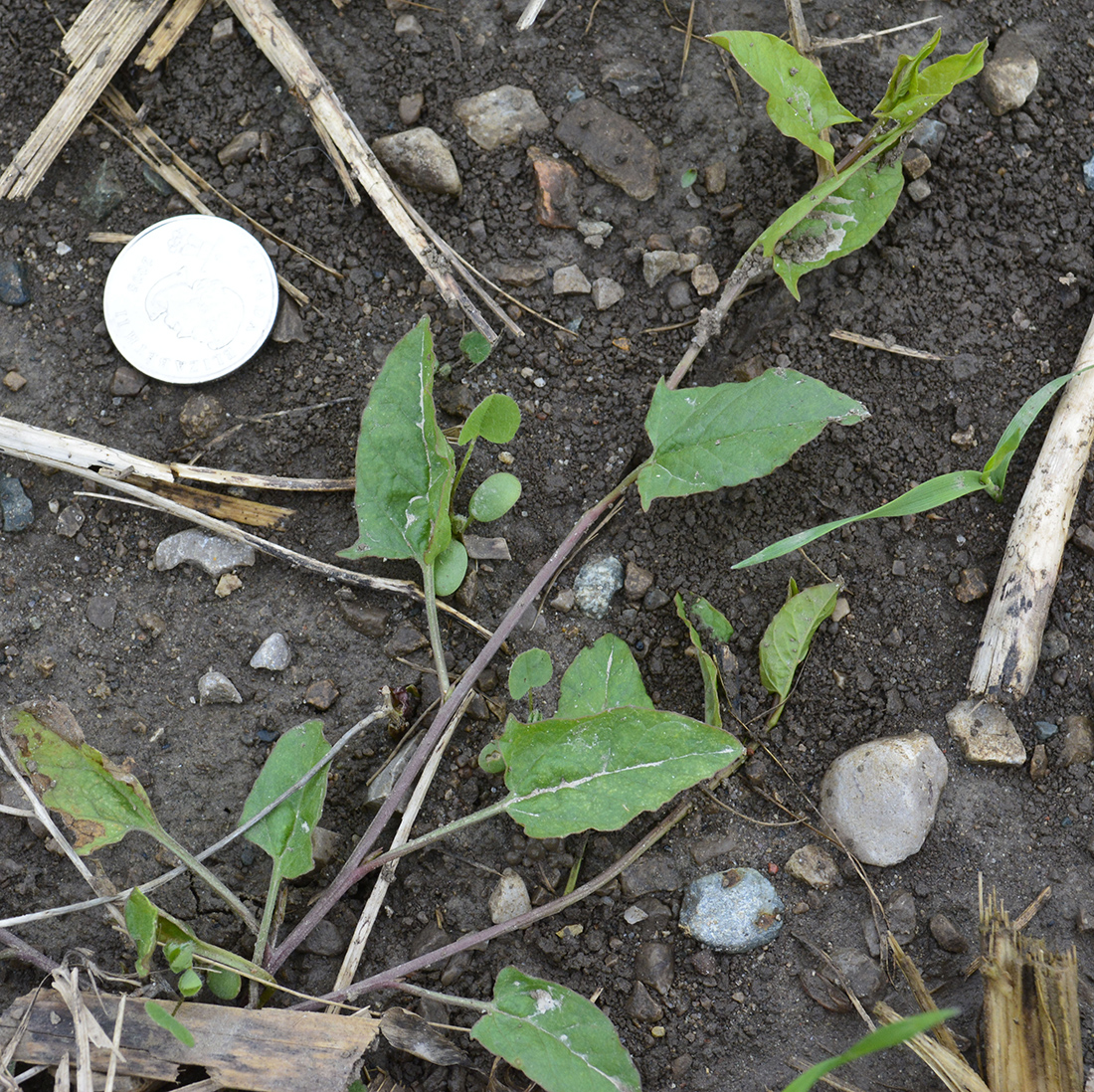
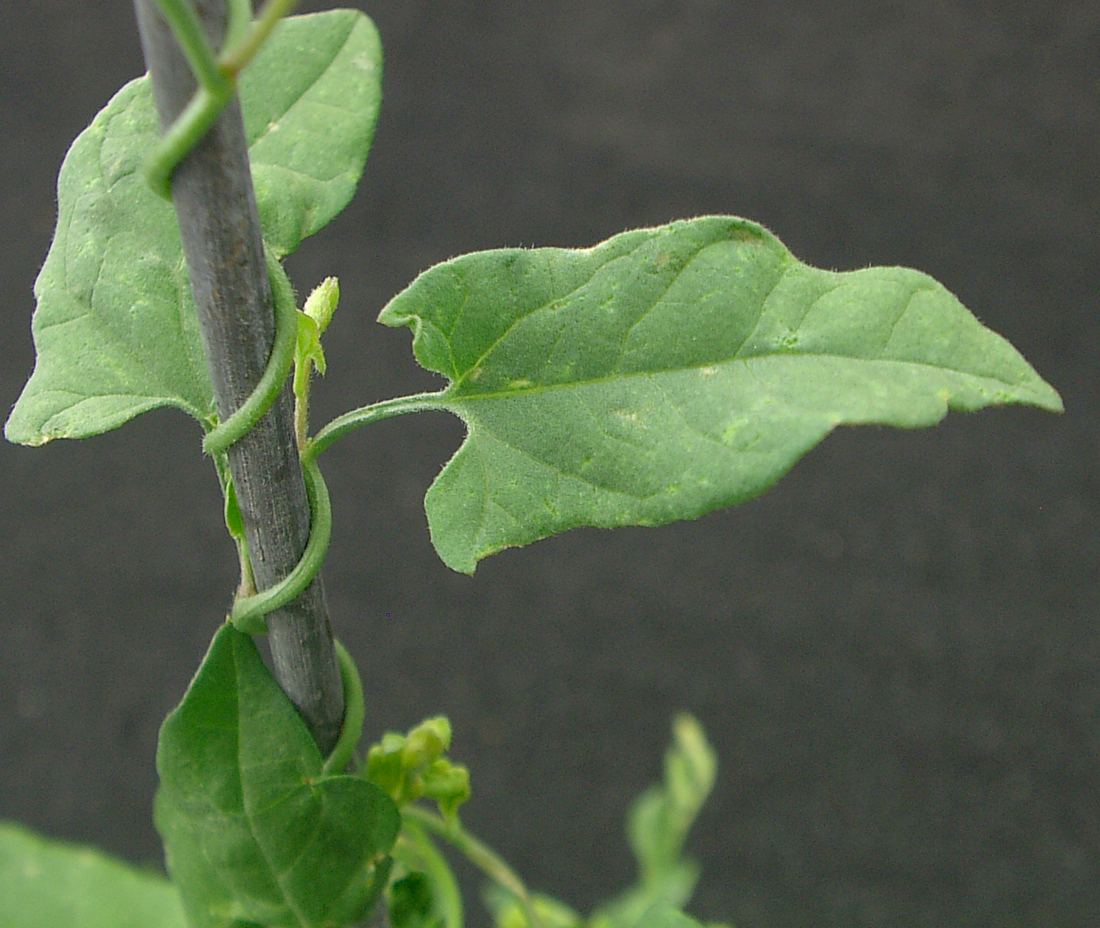
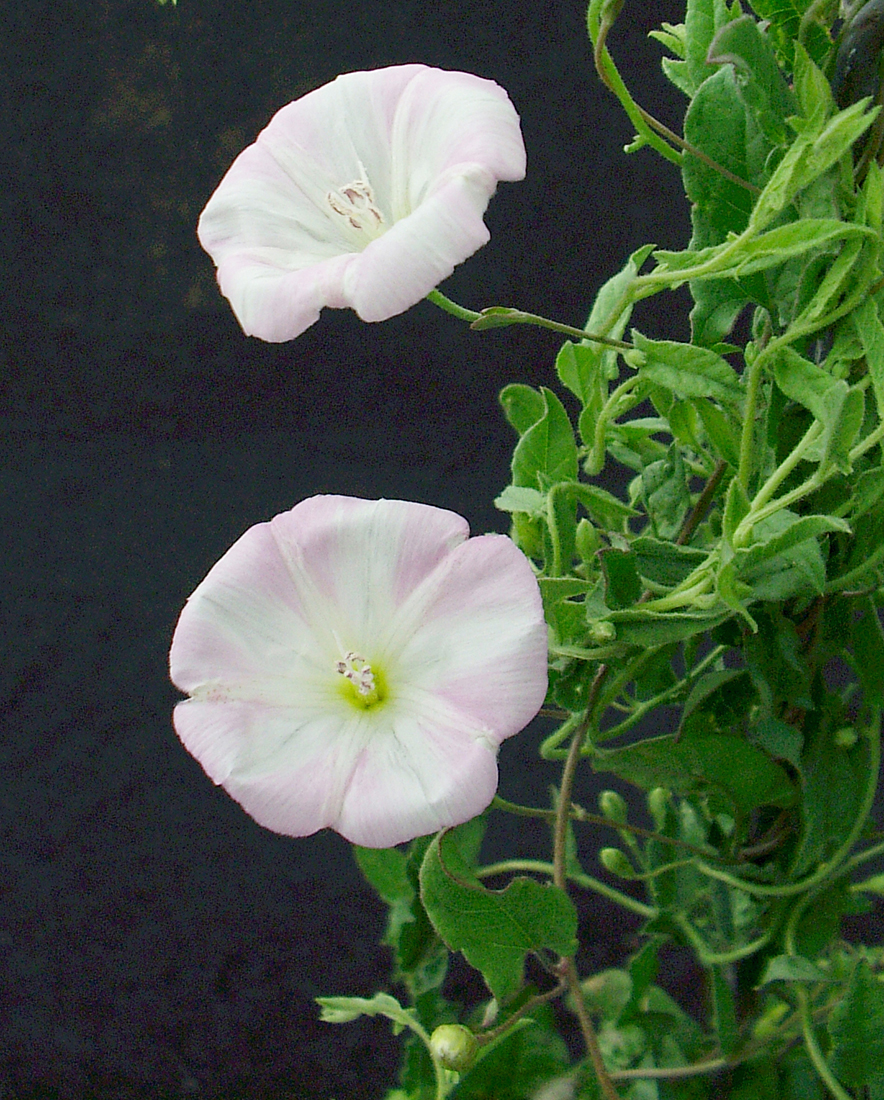
Updated: January 13, 2023
Published: January 13, 2023